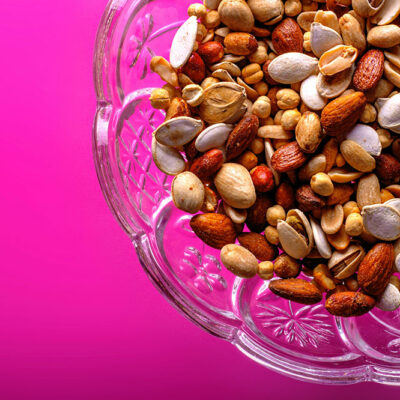
Treatments
4 Common Triggers for ADHD
There is no cure for ADHD. However, there are plenty of ways with which you can manage the condition. Once you identify the trigger points, you will be able to avoid them, and eventually, you will be able to handle the situation more effectively. So, here are the common triggers for ADHD: Deficiency of minerals Having a suppressed appetite is a common side effect of medication given by doctors to treat ADHD. Due to reduced appetite, a person can start to consume less food and, as a result, can have a deficiency of essential minerals in the body. This deficiency can worsen the symptoms of ADHD. When some minerals are deficient, such as zinc, in the body, it can cause symptoms that appear to be the same as the symptoms of ADHD. These can include delays in cognitive development, restlessness, inattentiveness, etc. Stress Stress is one of the most common triggers for ADHD. Also, ADHD can be the cause of high levels of stress in a lot of patients. When a person has ADHD, they might not be able to focus and remove any external stimuli. This can lead to increased stress levels. When a person is unable to focus, have deadlines nearing, or procrastinate work, it can boost the stress levels even more.
Read More 















